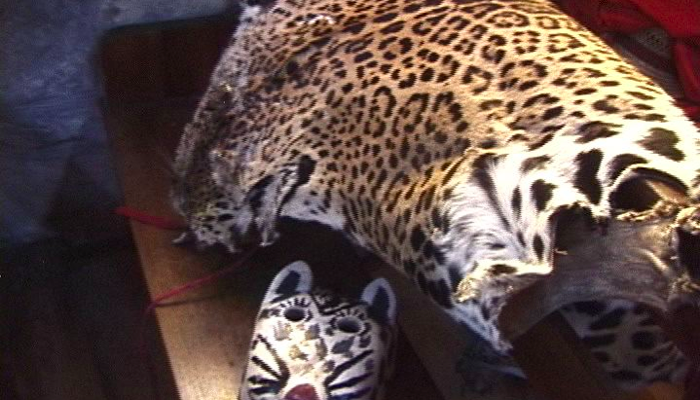
Belize Deer Dance
Some people have shown interest in the deer dance I mentioned on Facebook. A year ago I travelled to Belize with friends linguist Kerry Hull and bird chaser extraordinaire Rob Fergus. Part of the purpose was to witness the deer dance at the Mopan community of San Antonio in the Toledo district. This had been one of the locations for J. Eric Thompson’s fieldwork and he had written about the community and described the dance so this was a good opportunity to make some comparisons. We intend writing some sort of paper on all this so I’ll leave the detail for then, but we will be posting a short film of the proceedings on You tube at the request of the community who are keen to have visitors. This year (2009) Kerry and I visited the town of San Luis Peten in Guatemala. The dances in both Mopan towns take place at the fiesta of their patron San Luis (St Louis King of France).
The village of San Antonio is set amongst a marvelous landscape of small hills as is the parent community of San Luis 45 miles due west in the Peten. How the people of San Antonio migrated to Belize in 1883 and then returned one night to San Luis in order to kidnap the Santos, and the church bells, is a curious tale, told with some relish by Thompson.
In San Antonio the deer dance commenced at a house which housed the Saint’s image and was therefore a sort of cofradía, this was atop a hill, and the dance was first performed there and then, with marimba, all descended to the plaza like football field beneath the church which is on a smaller outcrop. Here a great tree trunk was lying, fully greased and ready to be set up.
In San Luis much the same events, deer dance with marimba, Santo and greasy pole, all took place on a hilltop overlooking the town with a concrete block built sanctuary for the saint and an associated open sided building with a stage where a mass was being said in the presence of the image of San Luis el Rey.
This deer dance has several characters, and tells a definite story involving, in San Antonio, 3 deer, a jaguar, a hunter, monkeys and a couple of bes, clown-like figures, en travesty. At the finale the ‘Tiger’ jaguar is cornered up a tree and shot with cushioned arrows – I can’t say if this is what happens every day the dance is performed. As with most Maya dances it is performed every day during the period of the fiesta and so there may be different numbers of participants on different days depending on enthusiasm, other commitments or over indulgence the night before.
In San Antonio the masks and costumes, although quite new, were very close in appearance to those photographed by Thompson in the late 1920s, whereas those in San Luis were quite elaborate and some seemed borrowed from other dances such as the Baile de la Conquista and the Baile Mexicano. Also, what we saw in San Luis, which was admittedly only the last day of the fiesta with many other events such as the greasy pole vying for attention, seemed not to have much in the way of a narrative element and seemed more like a celebratory conclusion with all the characters finally lined up in friendly harmony advancing towards the marimba and then retreating and advancing again, back and forth, arms linked. Somewhat like the eirenic final act of some versions of the Baile de la Conquista.
I’ll try and write some more about the exploits of raising and climbing the greasy pole in the future.
Our visit to Belize also involved visits to Blue Creek with jungle expert Silvano Sho and his family; San Jose, where we stayed at the Tea House and were expertly shown around by the committee and The Lodge at Big Falls for some delightful R & R and received much help from our friend Francisco Pau and his delightful family; all these in connection with Kerry and Rob’s Maya linguistic ornithology projects in this case Mopan and Kekchi. For more on this check Rob’s blog – www.birdchaser.blogspot.com or to see photos check out this link to Rob’s facebook - www.facebook.com/album.php?aid=57536&id=576507663&l=1abd073af7
Tuesday, September 8, 2009

